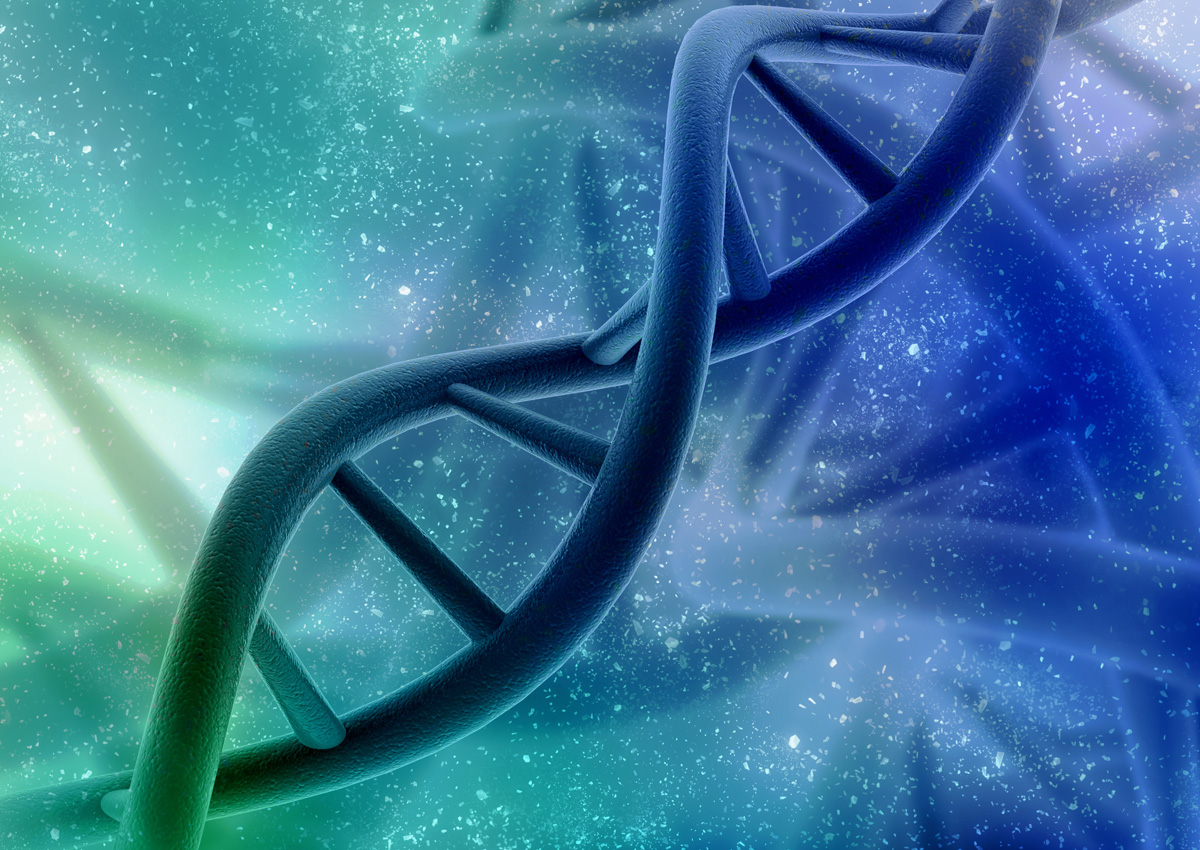
Review Article Reflects on Challenges and Accomplishments of Gene Drives
October 26, 2022| |
Pest and disease outbreaks continue to pose a serious threat to human, crop, and animal lives, which places an urgent need for constant research and innovation that could help address these challenges. One potential novel tool is gene drives, genetic engineering approaches that may allow quick dissemination of genetic modifications in wild populations, offering hopes for medicine, agriculture, and conservation efforts.
Since its discovery, several gene drive mechanisms that could help attain relatively high threshold population replacement have been proposed. A review article in the journal BioDesign Research reflects on the different types of gene drives and provides an overview of recent advances in this field with an emphasis on CRISPR-Cas gene drives. The piece also explores the potential advantages and disadvantages of the technology.
The two types of gene drives presented are natural gene drives and synthetic gene drives. Natural gene drives, also called meiotic drives, occur naturally. The female meiotic drive (also known as a chromosomal drive) was encountered in several animal species while the male meiotic drive (also known as genic drive or sperm killers) includes a driving element, which averts the maturation or function of sperm that does not contain it.
Synthetic gene drives, on the other hand, use natural drive elements and spread the desired genes into populations. Advancements in genome engineering tools, including CRISPR-Cas9 system, have shown promising results while promoting the spread of a specific feature within a population via homology-directed repair (HDR). Other synthetic gene drives presented in the publication include toxin-antidote-based gene drives, engineered reciprocal chromosome translocation drives, spore killer synthetic gene drives, and synthetic meiotic drive systems.
To learn more about the different types of gene drives, download and read the review article.
| |
You might also like:
- UC San Diego Scientists Develop First CRISPR-Cas9-based Gene Drive in Plants
- What are the Different Types of Gene Drive?
- Researchers Develop First Gene Drive Targeting World's Invasive Crop Pest
Biotech Updates is a weekly newsletter of ISAAA, a not-for-profit organization. It is distributed for free to over 22,000 subscribers worldwide to inform them about the key developments in biosciences, especially in biotechnology. Your support will help us in our mission to feed the world with knowledge. You can help by donating as little as $10.
-
See more articles:
-
Gene Drive Supplement (October 26, 2022)
- GM Mosquito-Gene Drive Combo Could Help Eliminate Malaria
- Gene Drive Research: Laboratory Tests and Field Trials Are Complementary, Says Experts
- Gene Drive Systems Effective in Suppression of Insect Pest Populations
- Review Article Reflects on Challenges and Accomplishments of Gene Drives
-
Read the latest: - Biotech Updates (December 17, 2025)
- Gene Editing Supplement (December 17, 2025)
- Gene Drive Supplement (February 22, 2023)
-
Subscribe to BU: - Share
- Tweet

